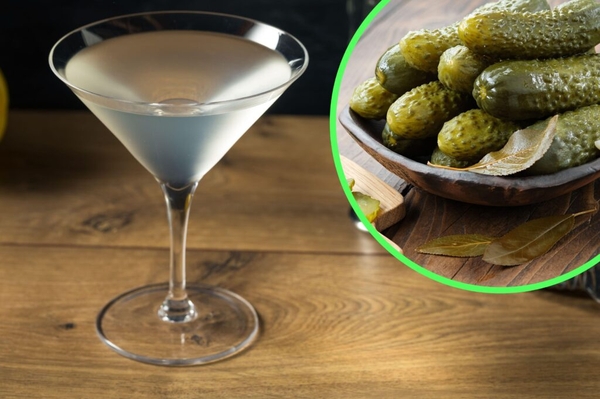Uncategorised
This is the real reason why communists absolutely love pickled vegetables
23 Mar 2018
3m

As the Iron Curtain fell across Europe in the aftermath of the Second World War, a continent that had been defined by centuries of cultural integration became more divided than ever. New ideological barriers created a chasm between East and West, and where one side began to build a future based on openness and shared prosperity, the other became introverted and suspicious of the outside world. These contrasting attitudes affected every aspect of life, especially food.
 [[imagecaption|| Credit: Russia Beyond]]
[[imagecaption|| Credit: Russia Beyond]]
As the 20th century moved on from the catastrophe of the 1940s, food became a major conduit for nations to rebuild shattered relationships and heal diplomatic wounds. As travel and transportation advanced, cooks from the West found it easier to gain inspiration from a wealth of culinary cultures that had, until now, remained obscure. This was not the case for those in the East. As the first seeds of foodie culture began to sprout before the boundaries of the USSR, Communist cooking headed down a very different path.
Socialist ideology meant that foodie excess was frowned upon. Extravagance in the kitchen was despised as a relic of the deposed nobility, and meals were seen as little more than an opportunity to refuel. An economy dependent on manual labour, coupled with a leadership determined to homogenise everything, meant that opportunities for individual expression through food dwindled. Foreign imports disappeared, replaced by local, often limited produce, and cooking stagnated as a result.
 [[imagecaption|| Credit: Understanding Russia]]
[[imagecaption|| Credit: Understanding Russia]]
The relative lack of culinary resources meant that cooks in the USSR had to think outside the box. With little in the way of external dining culture, it was up to homecooks to think of new ways to spice up and innovate mealtimes. The lack of foreign produce coupled with a dependence on famously unreliable harvests meant that preservation was often the order of the day. Canned foods became a staple part of the Soviet diet. But it was not just mass-produced tins that featured on the dinner table. As a means of making food last longer as well as adding some much needed flavour to depressingly bland dishes, pickling became a popular pastime.
Even before the Soviet era, there was a strong tradition of pickling in Eastern Europe. In Poland, cucumbers and cabbage – better known as sauerkraut – are still served as popular accompaniments to this day. In the Baltic and Slavic states, pickled herring was a protein-rich delicacy, prized not only for its taste but also for its shelf life. Now that access to foreign goods was so severely limited, these traditional flavourful staples became doubly valuable.
 [[imagecaption|| Credit: Food 52]]
[[imagecaption|| Credit: Food 52]]
Traditional Eastern European pickling involved salt, dill and blackcurrant or bay leaves, using either locally produced vinegar or brine to aid preservation. Thanks to the process’ versatility, a whole host of ingredients are suitable, meaning that homecooks living under Communist rule could preserve local produce that would ordinarily have a limited shelf life, rather than rely on the seasonal fluctuations of a temperamental marketplace.
In Russia, locals preserved mushrooms, beets and other root vegetables, while further South more exotic ingredients such as plums and pumpkins appeared on menus throughout the year thanks to the magic of pickling.
 [[imagecaption|| Credit: Tasty Yummies]]
[[imagecaption|| Credit: Tasty Yummies]]
Even though Soviet rule was not necessarily great for culinary creativity, reliance on tried and tested methods meant that ex-socialist states became the undisputed global masters of pickling. Since the collapse of Communism and the re-integration of the continent, these traditional techniques have become fashionable not just in Europe, but across the world. They may have been an essential way of ensuring survival in the harsh realities of the USSR, but pickles are now rightly recognised as one of Eastern Europe’s greatest culinary exports.


